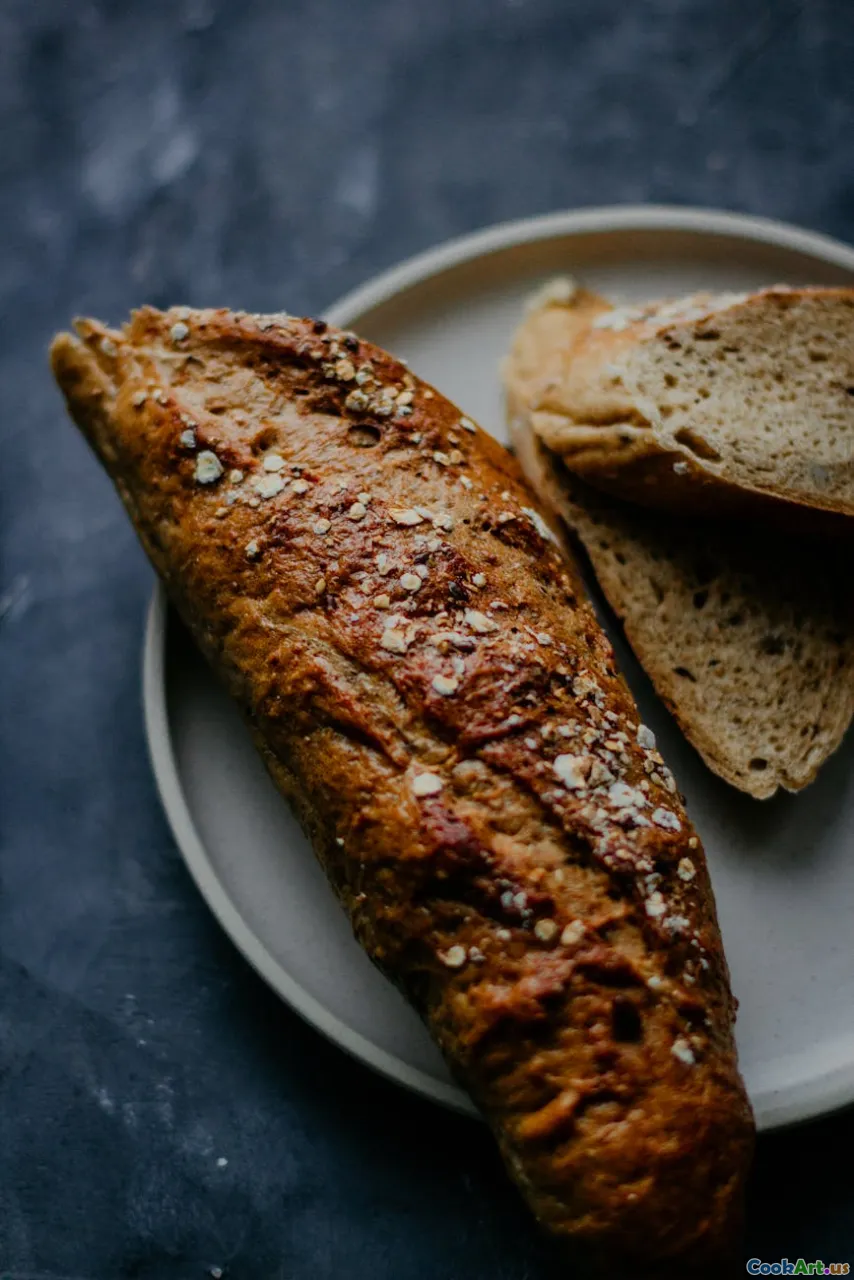Are Heritage Grains Worth the Hype in Baking
7 min read Discover the truth behind heritage grains—are they truly better for baking, or are they just the latest food trend? Explore their history, flavor, and potential. April 24, 2025 19:00
Are Heritage Grains Worth the Hype in Baking?
Imagine biting into a slice of bread that not only warms your hands but also transports you through centuries of human history. The aroma of toasted grains, nutty and earthy, envelops you in a comforting embrace. This experience isn’t just about flavor; it’s a journey into the rich tapestry of our culinary past. It’s a story that involves ancient civilizations, traditional farming methods, and a modern revival that’s reshaping how we think about baking today.
The Rise of Heritage Grains: A Cultural and Historical Perspective
In recent years, the culinary world has witnessed an insatiable curiosity about heritage grains—the heirlooms of the cereal world, those varieties that have been cultivated for generations, often on small family farms. Unlike mass-produced modern wheat, heritage grains like einkorn, emmer, spelt, and kamut carry with them a legacy of resilience, adaptation, and flavor.
A Glimpse into the Past
Historically, these grains were staples in various civilizations:
- Einkorn: The earliest cultivated wheat, dating back over 10,000 years in the Fertile Crescent.
- Emmer: The ancient grain that built the foundations of Egyptian bread.
- Spelt: A favored grain in medieval Europe, known for its nutty flavor and hearty texture.
- Kamut: An ancient Egyptian grain, prized for its large kernels and rich, buttery taste.
These grains thrived in diverse climates and soil conditions, often grown using traditional farming methods that prioritized soil health and biodiversity.
A Contemporary Revival
Today, consumers are seeking authenticity, sustainability, and health benefits, sparking a renaissance of these traditional grains. Farmers, bakers, and food enthusiasts are championing heritage varieties, believing they offer more than just nostalgia—they promise a richer sensory experience and a connection to our roots.
The Sensory Experience: Flavors, Textures, and Visuals
When it comes to baking with heritage grains, the sensory journey is undeniable.
Taste and Aroma
Heritage grains often boast a complex, nutty flavor profile with hints of earthiness and a subtle sweetness. For example, emmer flourimparts a rustic, slightly grassy aroma, whilespelt lends a mild, sweet, and almond-like scent.
Texture
Baked goods made from these grains tend to be denser and chewier, fostering a satisfying bite that contrasts sharply with the lightness of refined wheat. This hearty texture can elevate rustic loaves, hearty muffins, and even pancakes.
Visual Appeal
Visually, breads and baked goods made from heritage grains often display a darker, more rustic crust, speckled with flecks of bran and germ. The crumb tends to be more open and irregular, adding to their artisanal charm.
The Baking Difference: Challenges and Rewards
Compatibility with Modern Baking Techniques
Heritage grains present both challenges and opportunities in the kitchen. Their higher protein and fiber content can affect gluten development, sometimes resulting in denser, less elastic doughs. Bakers often need to adapt techniques—longer fermentation, hydration adjustments, or blending with modern wheat—to achieve desired textures.
Nutritional Benefits
These grains are typically richer in nutrients—antioxidants, fiber, vitamins, and minerals—compared to their modern counterparts. They also contain fewer pesticides and synthetic chemicals, aligning with the clean eating movement.
The Joy of Experimentation
Baking with heritage grains is an art that rewards patience and experimentation. I recall my first try with einkorn sourdough—initially challenging, but the resulting loaf had a depth of flavor and a chewy crumb that made every effort worthwhile.
Personal Insights and Anecdotes
As a food writer and passionate baker, I’ve found that embracing heritage grains transformed my approach to baking. One memorable experience was crafting a spelt focaccia for a dinner party. The aroma of roasted garlic mingling with the nutty scent of spelt created an atmosphere of warmth and nostalgia.
Moreover, sourcing these grains from local farmers’ markets or specialty stores fosters a deeper connection to the land and the people who cultivate it. It’s a way of honoring culinary traditions and supporting sustainable agriculture.
Are Heritage Grains Truly Better? A Balanced Perspective
While the hype around heritage grains is compelling, it’s essential to approach with nuance.
Pros:
- Richer flavor profiles
- Nutritional superiority
- Support for sustainable farming
- Unique textures and visual appeal
Cons:
- Higher cost
- Less predictable baking results
- Limited availability
- Need for recipe adjustments
The Verdict
Heritage grains are not a magic bullet but a valuable addition to the baker’s toolkit. They inspire creativity, connect us with history, and can elevate everyday baking into a sensory adventure.
Conclusion: Embracing the Heritage
In a world driven by convenience and mass production, choosing heritage grains is a conscious act—an ode to tradition, flavor, and sustainability. Whether you’re a seasoned baker or a curious home cook, experimenting with these ancient grains can open new horizons in your culinary journey.
So next time you pick up a bag of spelt or einkorn flour, remember—you’re not just baking bread; you’re partaking in a centuries-old story of resilience, flavor, and human ingenuity. Dare to explore, and let the rich, earthy aromas guide you to a more connected and flavorful baking experience.









